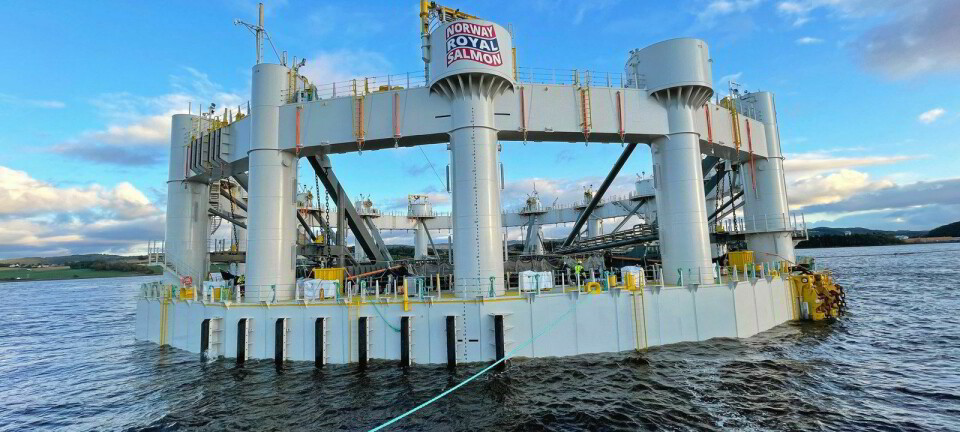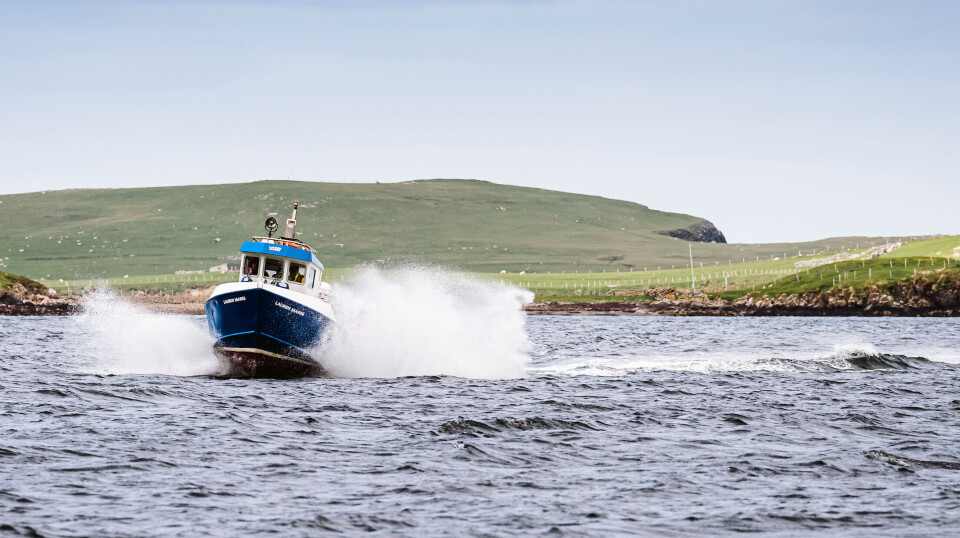
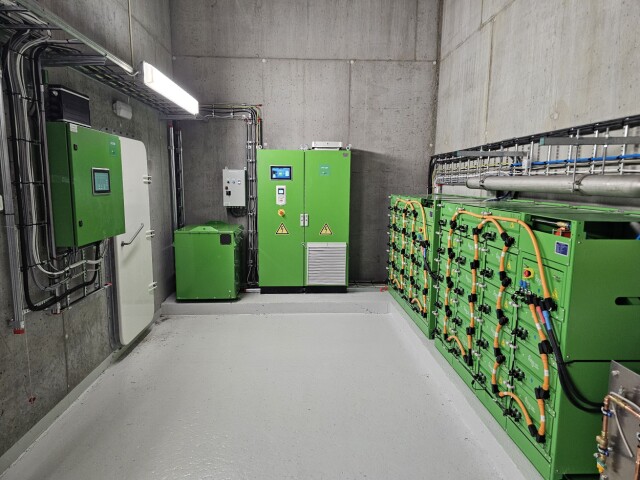
Fish farmer chooses hybrid power for new site after huge cost saving
Scottish Sea Farms will equip a 500-tonne-capacity feed barge with a Fjord Hybrid battery bank after the technology cut bills by £250,000 in 15 months at another farm
Salmon farmer Scottish Sea Farms has chosen a hybrid power solution for a feed barge that will serve its new Billy Baa site in Shetland after making cost savings of £250,000 in a head-to-head trial between hybrid and diesel-only barges at two existing sites.
The Billy Baa site has a biomass consent of 4,091 tonnes, and will become the largest marine farm site operating under a single licence in Scotland when it is established next year.
The site will be equipped with nine 160-metre pens and one of 120 metres, and a 500-tonne capacity feed barge, SSF’s largest barge to date. The steel barge will be supplied by ScaleAQ and will be fitted with a Fjord Hybrid power system from Fjord Maritime.
“We’re proud to deliver Scottish Sea Farms a new Fjord Hybrid. With a 316 kWh energy storage capacity, this latest version ensures efficient, stable and secure power 24/7 for their operations,” said Torstein Nygård, global sales manager for Fjord Maritime.
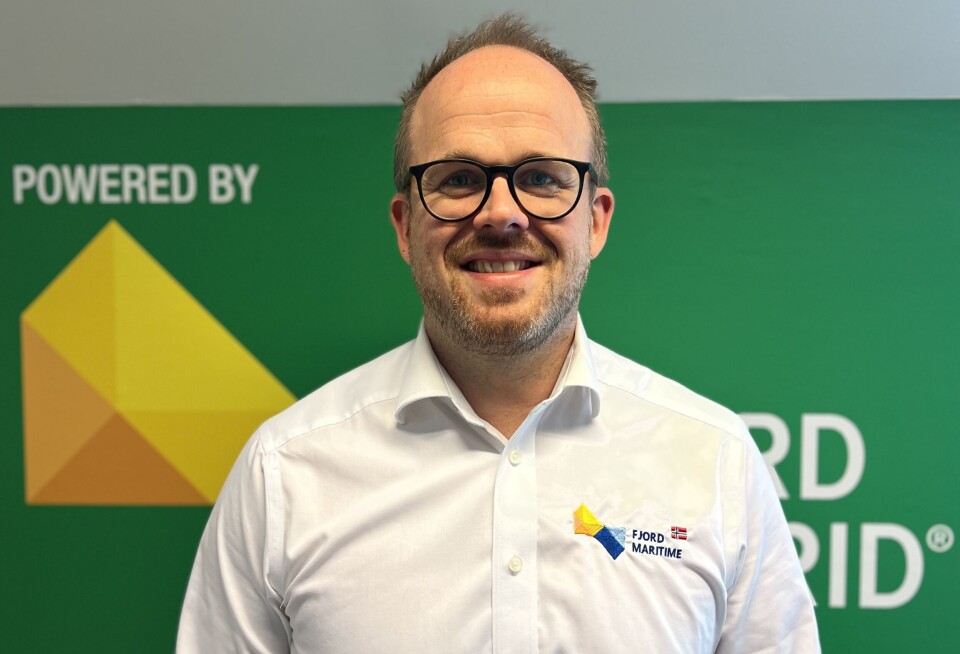
Like conventional feed barges, hybrid barges rely on a diesel generator for electricity, but also have a bank of batteries to store excess power from the generator when the systems being powered don’t require a full load.
Using stored power reduces the amount of time that the generator must be run, cutting service and maintenance costs, reducing fuel costs, and ensuring an uninterrupted supply to essential monitoring systems and feeding equipment.
60% lower fuel consumption
SSF began a year-long trial with its first Fjord Hybrid system at its Langa site in Shetland in June last year, to compare it to the performance of a generator-only system at its West of Burwick site. The hybrid system delivered a 60% reduction in fuel use, reduced mechanical failures by 90%, eliminated lost feeding days, and has realised savings of over £250,000 to date.
“Over the past two years, we’ve leveraged data from more than 230 installed systems to deepen our understanding of how energy efficiency, and stable and reliable energy, impacts fish farming,” said Nygård. “We believe there’s a direct link between energy stability and fish health and biological performance.”
By investing in hybrid technology and our largest barge to date, we’re not only reducing our environmental footprint but also ensuring our farmers have the most reliable systems to safeguard fish health and welfare
The Billy Baa site will initially be stocked with 1.1 million fish, transferred from SSF's Barcaldine freshwater facility in May 2026. SSF’s total capital investment in the site is £7.4 million, including the feed barge. The hybrid technology aligns with the fish farmer’s goal of reducing its carbon footprint by 35% by 2030, and reaching net zero by 2045.
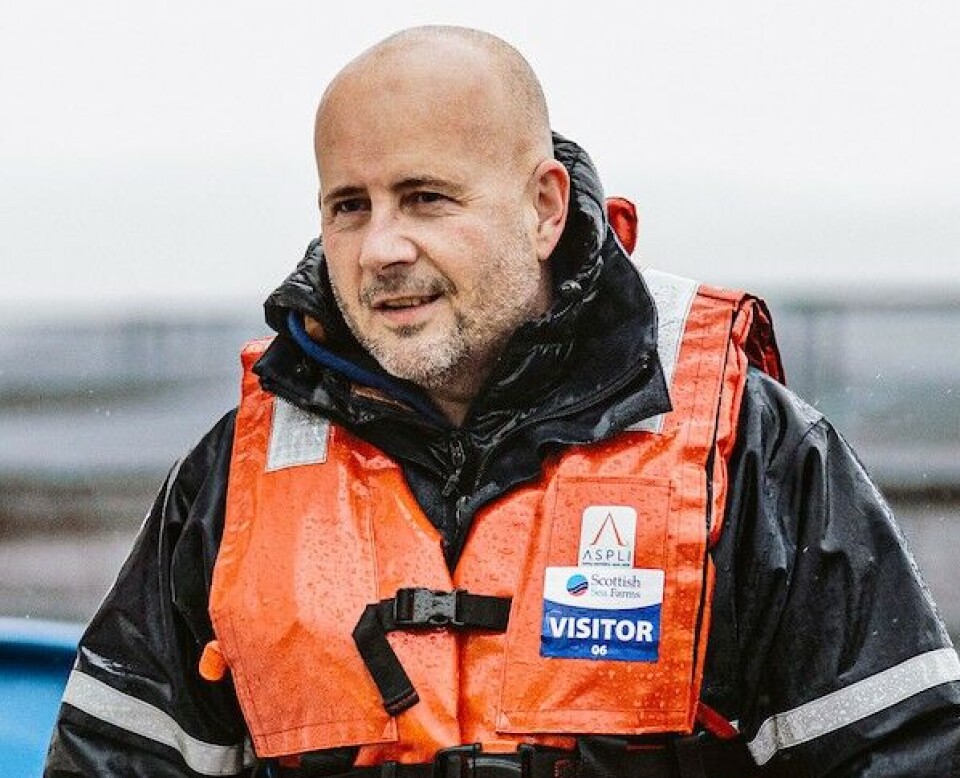
Richard Darbyshire, SSF’s regional manager for Shetland, said: “We’re doing it this way to ensure we continue sharing the waters in the most responsible and sustainable way possible.
“By investing in hybrid technology and our largest barge to date, we’re not only reducing our environmental footprint but also ensuring our farmers have the most reliable systems to safeguard fish health and welfare. It’s about combining scale with sustainability - producing more food while keeping our impact to a minimum.”
No disruption
SSF’s experience with hybrid power is that there is no disruption to equipment such as cage cameras and feeding systems.
“Hybrid gives us 24-hour coverage with built-in redundancy, meaning we don’t have to rely solely on automation to restart systems,” said the company.
“This ensures that critical systems such as fire detection, water alarms and monitoring equipment are always powered and always live, which is a major step forward in site security and fish welfare.”














